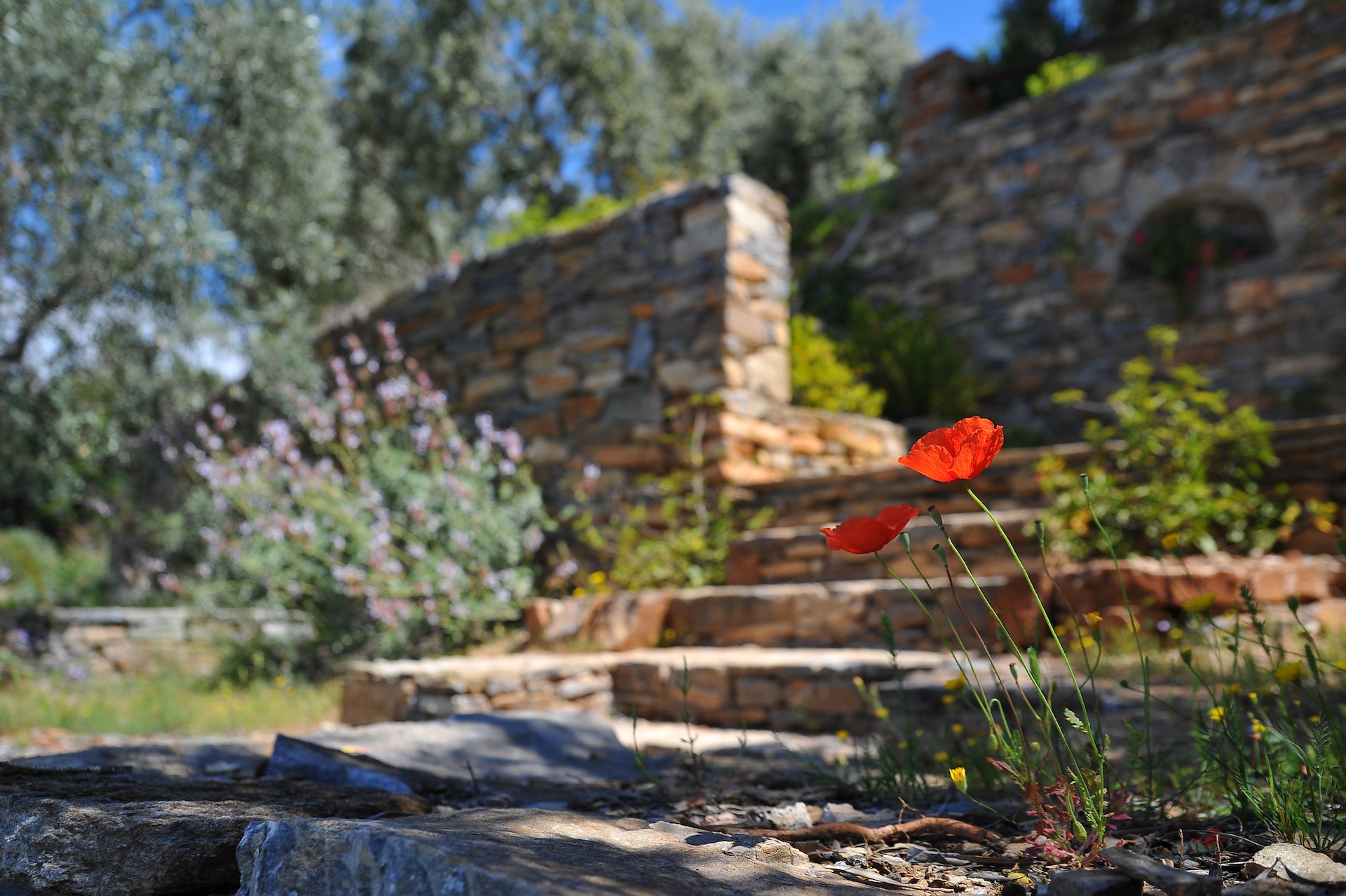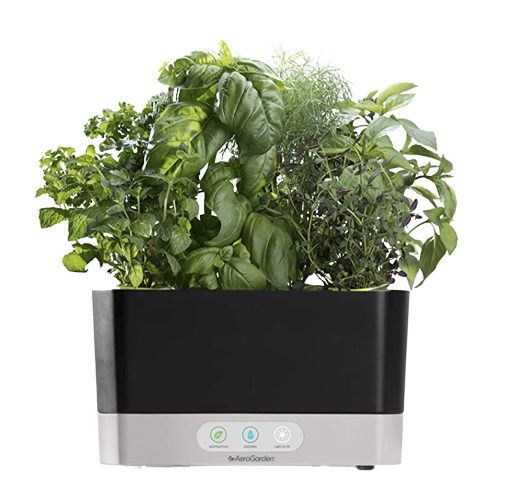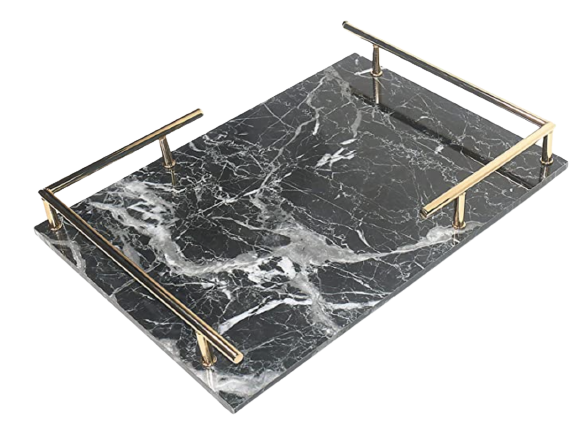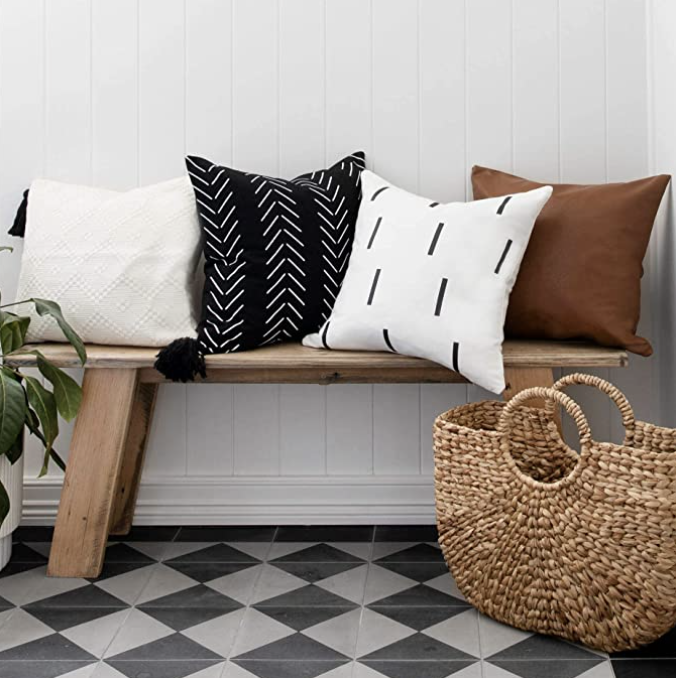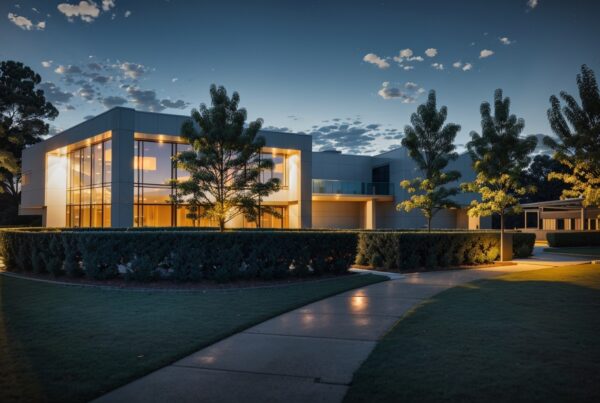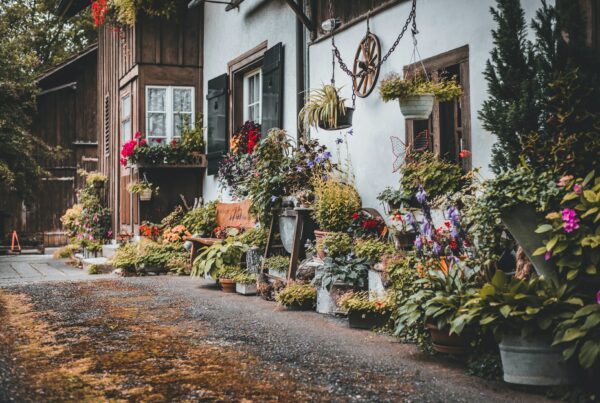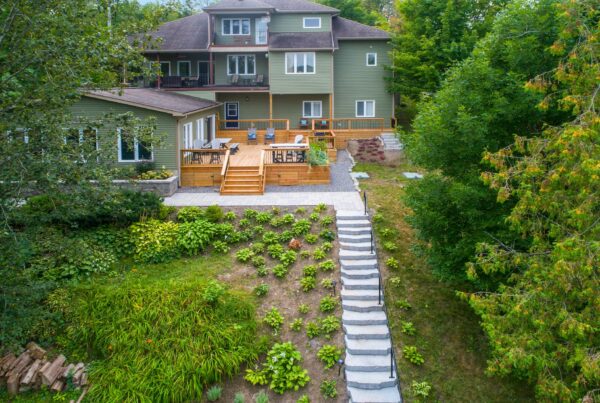Last Updated on October 19, 2023
Have you ever gazed longingly at a vibrant garden, alive with colors and wonders in every season, and wished it was yours? Fortunately, you can achieve this goal through seasonal landscaping.
Imagine stepping out of your home at any time of the year, greeted by nature’s ever-changing canvas, perfectly curated to offer something new with each season’s turn. Read more on how to turn your outdoor space into a living masterpiece all year round.
Benefits of Making Your Outdoor Space Usable in All Seasons
Ask any gardener and they’ll tell you that the effort you put into your garden will come back to you tenfold. The joy of sitting in a beautiful garden, surrounded by the fruits of your labor, is priceless. Below are some of the benefits of seasonal landscaping on your property:
- Enjoyment all year: Every season is a new experience in a well-planned garden. From winter’s frosty mornings to summer’s warm evenings, there’s always something to enjoy. This constant change means there’s always a reason to step outside and soak in nature’s beauty.
- Increase in property value: A year-round garden is an investment. Think about it. If two houses are similar in every way but one has a garden that looks great in all seasons, which one would you pick? Most buyers would pay more for a house with a better garden.
- Cost-effective: Think about the money you might spend on seasonal decorations. With a year-round landscape, nature decorates your garden for you. Flowers in spring, colorful leaves in fall, and perhaps a snowy blanket in winter.
Assessing Your Current Outdoor Space
Understanding your garden’s strengths and weaknesses is the first step. Here’s a quick guide to get you started:
- Take a Purposeful Walk: Familiarize yourself with the garden’s layout. Feel the ground and observe the overall condition.
- Sun and Shade Patterns: Identify areas that receive sunlight and those that are shaded. This helps in selecting the right plants.
- Water Drainage: Spot areas that either collect water or dry up quickly. Proper drainage is essential for plant health.
- Check Soil Quality: Examine the soil. Is it sandy, clayey, or loamy? Different plants thrive in different soils.
- Existing Plants: List down the plants and trees you have. Determine if they’re healthy or need relocation.
- Evaluate Hardscapes: Inspect pathways, patios, and decks. Are they functional and aesthetically pleasing?
- Safety Check: Look out for hazards like broken pathways or sharp objects.
- Utility Areas: Ensure areas where you store tools are organized and easily accessible.
- Consider the Views: Maximize attractive views from your home and minimize unsightly ones.
- Reflect on Usage: Think about your garden’s purpose. Do you need play areas, relaxation spots, or specific landscaping designs?
Creating a Year-Round Landscape Design
A good design is like a roadmap for your garden. With the help of a landscaping company, you can create a layout that ensures there’s always something interesting happening in your garden. They can guide you on where to plant trees, where to put garden beds, and how to winterize your pool. They’ll also have tips on drought-tolerant landscaping for dry seasons.
Choosing the right plants and trees
Different plants peak at different times. While spring bulbs fade, summer flowers bloom. As they die back, autumn leaves take the spotlight. Then, winter berries and evergreens become the stars. A mix of these plants ensures your garden always has something beautiful to offer.
Hardscape and outdoor structures
Hardscapes are the nonliving parts of your garden. Think of them as the stage where the living plants perform. A well-placed bench or a winding path can change how you experience your garden. They guide your journey and offer places to stop and enjoy the view.
Incorporating garden beds and borders
Beds and borders are like the frames of a painting. They contain and showcase the beautiful plants inside them. Using different heights, colors, and textures in these areas can create stunning visual effects. In winter, they provide structure when most plants have died back.
Implementing sustainable landscaping
A garden shouldn’t just look good; it should be good for the environment too. Drought-tolerant landscaping reduces water use. Choosing native plants can provide food for local wildlife. Sustainability isn’t just a buzzword; it’s a way to ensure your garden is part of the solution, not the problem.
Weatherproofing Your Outdoor Landscape
Weather can be harsh. Heavy rains, strong winds, and freezing temperatures can damage plants and structures. But with the right preparations, your garden can weather any storm. From choosing the right materials for patios and paths to knowing how to winterize your pool, there’s a lot you can do to protect your outdoor space.
Maintenance and Seasonal Care
Gardens are living things. And like all living things, they need care. This means regular watering, feeding, and pruning. It also means being on the lookout for pests and diseases. With a little effort, you can ensure your garden thrives in all seasons.
Year-round garden maintenance tasks
Regular maintenance is the key to a healthy garden. This means not just watering and feeding plants but also looking after the soil they grow in. Composting, mulching, and weeding are all tasks that need to be done year-round. And don’t forget about your hardscapes. Paths need sweeping, benches need cleaning, and fences might need repairs.
Embracing Nature’s Symphony
In every season, nature composes a unique melody of colors, textures, and scents. By investing in year-round landscaping, we not only enhance our living spaces but also tune into this ever-evolving symphony. Let’s cherish and nurture our gardens, making them a testament to the harmonious dance of nature throughout the year.


